Alright, so you’ve got a killer business idea and you’re ready to break free from the 9-5 grind. Congrats, you’re already ahead of 99% of the population who are content to sit on their asses and watch life pass them by. But before you go quitting your day job and burning all your bridges, you need to take a step back and map out your plan of attack.
I know, I know – planning isn’t exactly the sexiest part of starting a business. But trust me, a little bit of strategic thinking upfront will save you a metric shit ton of headaches (and potentially catastrophic failures) down the road. So grab a pen and paper (or open up a blank document on your computer) and let’s get to work. Time to put your lessons from keeping things positive into action.
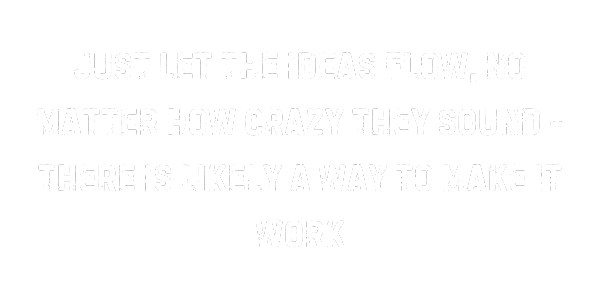
Brain Dump All Your Money-Making Ideas – The first step is to get all those genius ideas out of your head and onto paper. Don’t worry about making it pretty or well-organized at this point – just let the ideas flow freely. Maybe your business will offer multiple products or services. Maybe you’ll have several different revenue streams or customer segments. Write it all down without judgment. Let’s just use this as an idea. Perhaps you are someone who loves being a Grandmother. That is your life’s passion – being a grandmother. Cool. There’s no money in that… Or is there?
For example, let’s say you’re “Grandma Jen” and you want to start a business helping other new grandmas be a good grandma, bond with their grandkids, have ideas for play time ready, and even what products are the best to use with their grandchildren. Your initial mind puke might look something like this:
- Blog with tips, activity ideas, and recipes geared toward their favorite foods
- Video podcast featuring grandma/grandkid adventures
- Printable activity sheets and coloring pages
- Recommended product lists (toys, books, snacks, etc.)
- Sponsorships from kid-friendly brands
- One to One online grandma coaching sessions through Zoom
- Online course: “Grandma Bootcamp”, or “Child-Proofing your home in 2024”
- Themed gift baskets for new grandmas
See how the ideas are all over the place? That’s totally fine at this stage. The goal is simply to get everything out of your head so you can start to see the bigger picture. There are thousands of other ideas that can populate this list. This is ever evolving too. It can always be added to later as you expand.
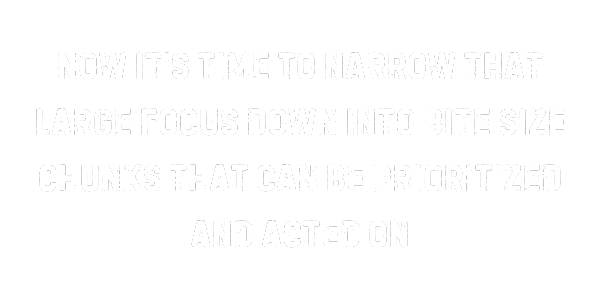
Organize and prioritize now that you’ve got a brain dump of ideas, it’s time to start putting some structure around them. Start by grouping similar ideas together and identifying common themes. Then, prioritize the ideas based on factors like:
- Ease of implementation
- Potential profitability
- Alignment with your overall business goals and values
- Your existing skills and resources
- Marketability and demand
Continuing with the Grandma Jen example, you might decide to prioritize the blog, video podcast, and printables first, since those are relatively easy to produce and have low startup costs. The online course and coaching could be longer-term goals that you work towards as you build your audience. And while the sponsorships sound great, they may not be realistic until you have a significant following.
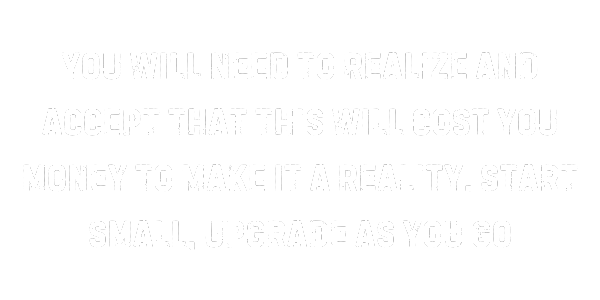
Before you go further into this letter, you also need to understand the harsh reality of starting a business. It does cost money. If this is truly a passion of yours, you will find a way to fund it. Many of the things you will need to do, even from the start will cost you money. Invest in yourself, the money you spend will be your motivator to push you into developing your revenue more as you go along. Plan to be negative for at least a year, seriously.. And if revenue starts popping early, that is a huge bonus. DO NOT GIVE UP! It sometimes takes 14, 16 or even 18 months to begin to see results. You will get frustrated, you will think you are failing – you aren’t. Good things take time to develop.
Back to your plan…Create a rough draft roadmap with your prioritized list of ideas in hand, it’s time to start mapping out a rough timeline and action plan. This doesn’t have to be set in stone – in fact, it’s guaranteed to evolve as you start taking action and learning what works (and what doesn’t). But having a general sense of direction will help keep you focused and motivated.
Your roadmap might look something like this:
Month 1:
- Set up blog and social media accounts
- Create content calendar and batch produce first month’s posts
- Develop 5 printable activities (coloring booklet, game board, or puzzles)
- Identify and research potential sponsorships and brand partnerships
Months 2-3:
- Launch blog and promote to grow email list to 100 subscribers
- Record and release first 3 podcast episodes
- Create additional printables and optimize for SEO
- Reach out to 10 potential sponsors/partners
Months 4-6:
- Grow blog traffic and email list to 500
- Increase podcast to biweekly episodes
- Secure first sponsorship deal
- Outline and begin pre-selling online course
… and so on. Again, this is just a rough draft – chances are, you’ll need to adjust and pivot as you go. But having this roadmap will give you a clear action plan to focus on, rather than getting stuck in analysis paralysis or shiny object syndrome.
One very important thing to remember here so far is if you look at the list and your next item is something you don’t know how to do, that is when you can watch YouTube tutorials, reach out to someone you know, or perhaps find someone online at Fiverr to help. Do NOT let that stop you from moving on, and giving up.
Take Massive Action! Here’s the most important step of all: you’ve got to take consistent, massive action towards checking the boxes off every single day. It doesn’t matter how pretty your roadmap is if it just sits on a shelf collecting dust. The key is to keep moving forward, even when things get tough or progress feels slow.
Start by breaking your larger goals down into smaller, actionable steps. Then, block out non-negotiable time in your calendar each day (or week) to work on your business. Treat this time like an important meeting at your day job- don’t let less important tasks or distractions creep in.
And most importantly, commit to taking imperfect action. Your first blog post might suck. Your podcast audio might be a little echoey. You might stumble over your words during a sales call. But you can’t let the pursuit of perfection keep you stuck at the starting line. Every successful entrepreneur started as a total beginner. The only difference is that they were willing to push past the discomfort and awkwardness to keep growing and improving.
So there you have it – a simple framework for taking your wild business idea and turning it into a tangible plan. Now, this is the part where I’m supposed to drop some kind of inspirational quote about dreaming big and believing in yourself. And don’t get me wrong, mindset absolutely matters when it comes to entrepreneurship.
But more than anything, I want to leave you with this truth – building a successful business is fucking hard work. It requires sacrifice, resilience, and a willingness to fail forward. There will be days (maybe even weeks or months) where you’ll want to quit and go running back to the cozy familiarity of your cubicle.
But if you’ve read this far, I know you’re not the type to settle for a mediocre existence. You’re ready to grab life by the balls and create your own damn destiny. So trust your gut, back yourself fully, and never, ever give up on your dreams. The world needs more rule-breakers and risk-takers like you.
Now go out there and start to make it happen. If you need help, I’m here to guide you along. Reach out to the Next Level and I can absolutely enhance your chances of success.
